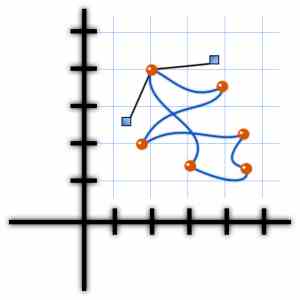Project 2 - Frequency Distribution, Histogram and Data Summary Introduction: Using the data set from project
Project 2 – Frequency Distribution, Histogram and Data Summary
Introduction:
Using the data set from project 1
you will create a frequency distribution and histogram for one of the Quantitative fields from your data set. We will then summarize the data. This project closely follows Chapter 2 in the Excel Workbook. If you choose to switch data sets , you will need to repeat project 1 on a new data set.
- Analysis Toolpak : You will need to enable the Analysis Toolpak in Excel. This is available on all school computers, and can be enabled by following the directions in Section 2-1. If you are using your home computer, this step may require the installation disc. In Excel 2007, you will need to access Excel options, click Add ins, select Analysis Toolpak and click Go.
- Choose a field from your dataset that contains quantitative data you are interested in summarizing.
-
Create a frequency distribution
following the steps in Section 2-2. Follow the guidelines from class, making sure you have at least 5 classes.
- List on scratch paper the class limits, boundaries, midpoints. Enter the upper class limits in a vertical list in your Excel table.
- Click Tools, Data Analysis, Histogram. A dialog box will appear.
- Click in Input Range box, and then select all the data in the field you wish to create the histogram on.
- Click in the Bin Range box and then select all the data in your upper class limit list.
- Click Output Rangeand select a cell in the spreadsheet where you want the frequency distribution to be output.
- Click the check box Chart Output, this will create the histogram.
- Click OK.
4. Modify the Histogram Modify the histogram so that it is easy to read. To get practice at this, it will help to work through the example in the book in section 2-3.
-
Calculate Descriptive Statistics
for the same field of the data set following the steps in Section 2-4 & 2-5.
- Click Tools, Data Analysis, Descriptive Statistics.
- Click Input Range, and then Select the data in the field you used in 3.
- Click Output Range, and then click in the cell where you want the Statistics to appear.
- Click Summary Statistics
- Click OK
- Interpret your results. What do the frequency distribution and histogram tell you about the data? Can you identify any outliers? What appears to be the "center" of the data? Is the data tightly clustered, or spread out, skewed or symmetric? Based on the summary statistics, what are the usual maximum and minimum values? Are there any outliers in your data set based on the rule of 2 standard deviations?
- Turn in using the dropbox .
Solution:

Price: $9.99
Solution: The downloadable solution consists of 4 pages, 599 words and 1 charts.
Deliverable: Word Document
Deliverable: Word Document

I agree with the Terms & Conditions
All sales are final.



![[Steps Shown] Assignment for WEEK 5 The Clarence Fitness Center [Steps Shown] Assignment for WEEK 5 The](/images/solutions/MC-solution-library-81014.jpg)
![[Steps Shown] Machine Production Records Descriptive Statistics [Steps Shown] Machine Production Records Descriptive Statistics](/images/solutions/MC-solution-library-81015.jpg)

